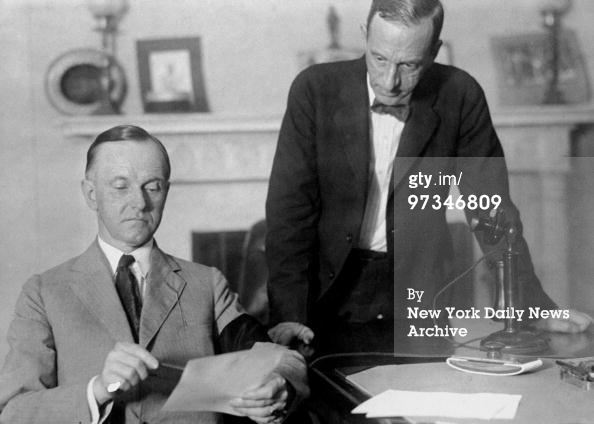Garland Tucker over at National Review reintroduces to us Presidents, Republican and Democrat, who were also masters of what seems a permanently lost art: the art of saying “No.” It is so easy to say “yes,” in the host of forms it has been uttered these eighty-nine years since Cal left office. Coolidge (and Cleveland before him) understood the President’s higher – and often most important – duty rests in the former. Moreover, they took it beyond the realm of sanitized theory into the gritty trenches of consistent practice. They waded in with daring courage and, though they stood where no one else could, they did not shirk. They stood as granite when the halls of government today are replete with those who have surrendered for infinitely less risk. They understood the role of the President much more profoundly than most of their successors.
The uncompromising reality is that the best answers to most problems simply do not reside in government offices.
Yet, it appears the successors of Calvin Coolidge have been engaged in an impossible race to escape that immutable reality. Every stride taken finds them no closer to the goal of leaving it behind in the dust than when Herbert Hoover first tried to do so back in 1929. The harder each successor tries, the closer reality remains. This is not simply some retro version of the “art of the deal” (which is nothing more than a “yes” disguised as a “no”). After eighty-nine years of telling a seemingly limitless list of petitioners “yes,” has it become an impossible expectation to ever hear “no” again? Out of the national shock that would surely result would come a breath of fresh air America has not known since Cal proved it could be done …and done well.

President Coolidge drafting his first state paper as the new Chief Executive. This was by no means his first encounter with official documents, having been Governor of the vital state of Massachusetts, State Senate President, State Representative, Northampton Mayor, and City Council member. He came to the office with more practical experience than most of his successors can claim. He wears the black arm band in mourning for his predecessor, the beloved Warren Harding. Coolidge’s private secretary, “Ted” Clark, watches, August 5, 1923. Courtesy of Getty Images.